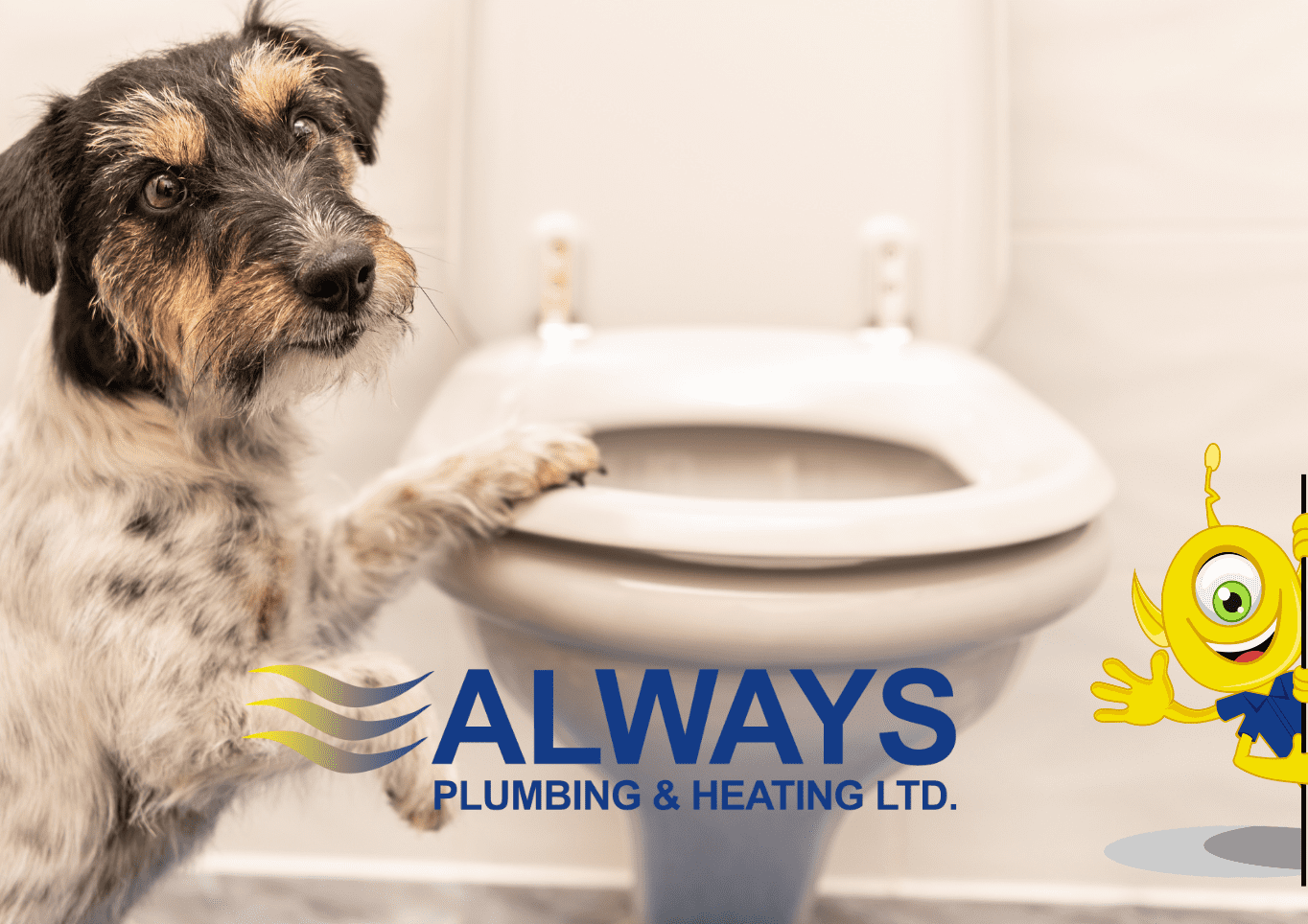Your toilet, the throne, ye ole crapper, the loo…it’s that one thing in your home you use thousands of time per year, but you often neglect! Toilets can be a sensitive subject, and most people have at least one story about a toilet experience gone array. To keep bad toilet memories a thing of the past, our plumbers have put together a guide on the top 5 things to consider when it comes to your toilets.
1. Frequent Clogs
Are you having to plunge your toilet frequently? If you find yourself plunging your toilet once per week or more, you are no stranger to the annoyance this causes. Older model, low-flush toilets often require more than one flush and are subject to frequent blockages. If you find this is happening to you, you may consider having your toilet replaced with a newer, more energy efficient model that will work much better for you and save you money (and save the headache) in the long run!
2. Too Many Repairs
Some toilet repairs are simple, routine maintenance tasks, like changing the flapper or fill valve, or replacing the toilet handle. If you find you are replacing parts more frequently, over time these costs can add up. There comes a point where you can put too much money into patching together an old toilet. If you are in this situation, you may consider replacing the entire toilet with a newer model, saving you more money in the long run.
3. Cracked Porcelain
Hairline cracks can develop in the toilet tank or bowl. These cracks can create a flood if they rupture. You should inspect your toilet tank and bowl for crack when you clean your toilet. If you notice cracks, you should replace your toilet. With cracks are left without attention, they can develop into a leak over time, causing water damage to your home.
4. High Water Bills
You can save a lot of money every year on water/septic bills by replacing your toilet. Older toilets use up to 5 gallons of water per flush! The newer low-flush models use under 2 gallons per flush. You can read more about the benefits of low-flush toilets here. With the rising costs of utilities, saving on household water usage makes sense. And as a bonus, you are helping the environment as well!
5. Badly Scratched or Stained
The porcelain on the surface of the toilet can become scratched, corroded and discoloured over time. Eventually, even with frequent cleaning, you will be unable to have a clean-looking toilet bowl. This can be an unsightly annoyance to you and your guests. If you find your toilet has become worn and corroded and is increasingly difficult to clean, it could be time to replace it.
If your toilets are giving you trouble, take special attention to decide whether to repair or replace them. Our plumbers will always offer repair options first if they are the most suitable and cost-effective. But some situations may call for replacement of your toilets. If you are experiencing any of the above concerns with your toilets, you should consider replacing them with newer, safer, and energy-efficient toilets. You can trust the expert plumbers at Always Plumbing & Heating to provide you with the most innovative and trustworthy brands of toilets, like Gerber, Toto, and Kohler, just to name a few. We can provide you with a broad selection of toilets of varying styles, colours, features, and functions. A crowd favourite is the contemporary-style toilets with a skirted base, making cleaning a breeze having no knobs, grooves, or bolts to have to clean around. If your toilets need to be replaced, give us a call…we’ll be right over!
